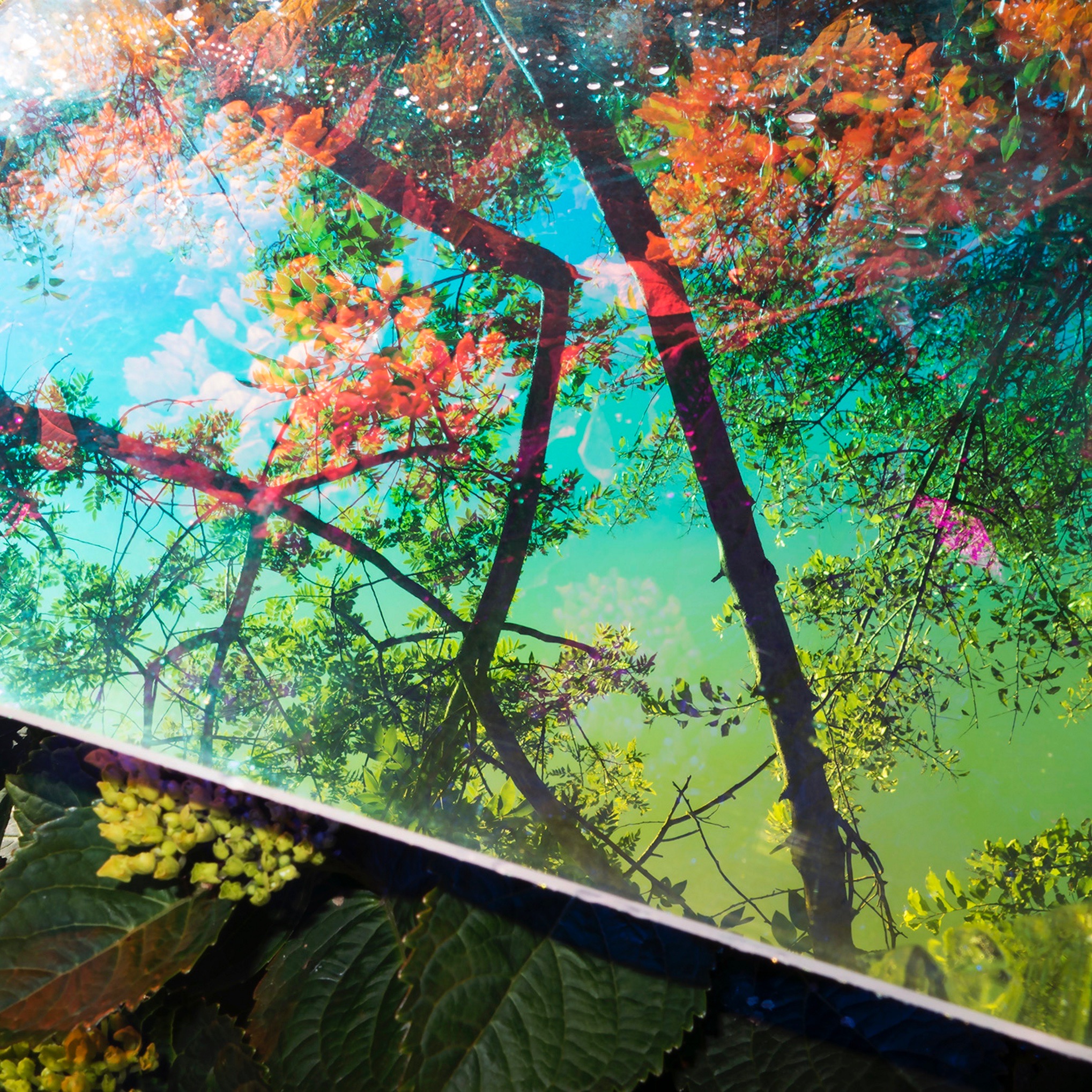by Kathleen Larsen
A couple of weeks ago I speculated on the future of landscape photography in a paper for one of my classes at Academy of Art University. Here’s an excerpt:
When speculating about the future of landscape photography one has to consider the climate of the world in which we live today…[where]…there is an abundance of topics that can be explored…. Social environments, political and national boundaries, globalization, continued urbanization, the vanishing family farm and the rise of the corporate one, or any number of other topics…[and]…look inward as well, exploring the psyche and personal impact of an ever-changing world....
I began to search out landscape photographers who are working in ways that look to the future. I began my search in the usual way: Google. But then looked at other blogs for inspiration. I settled on Landscape Stories where I chose a photographer whose name intrigued me. To my delight, I found a photographer whose images validated my conjectures: Looking to the Future of Landscape Photography. Karine Laval is a contemporary landscape photographer looking to the future who challenges “the familiar perception we have of the world through space, color and light” [1] bridging the gap between reality and “a more surreal, imaginary dimension” [1]. Laval explains how the project received its name, Heterotopia, and its beginnings (in 2014) and in her statement accompanying the project:
The title of this new series is derived from French philosopher Michel Foucault’s essay “Des Espaces Autres” in which he uses the term “heterotopia” to describe “spaces of otherness” that are “neither here nor there,” such as the moment one sees himself in the mirror, or gardens, which represent truly ambiguous and contradictory spaces where nature and artifice collide in a form of utopia.
For the past decade I have investigated the notion of space – not only as a physical or geographical place, but also as a mental or imaginary space – and our relationship to the environment, between the natural and the artificial [2].
Laval’s body of work uses reflection, superimposition, and color all captured in camera to tell the story of place and space: gardens “oscillating between a psychedelic vision of nature and a toxic and artificial post-natural world” [2]. The three works seen here are filled with vivid almost other-worldly color and light. Yet familiar blues and greens add a sense of calm and serenity. Light dances throughout appearing as though it cuts a path through an invisible barrier between two worlds. Diagonals cut through each of the compositions adding to the energy and verve. Texture resonates between the two- and the three-dimensional realm supporting her concept of collision between nature and artifice in a “form of utopia” [2].
For more information on Karine Laval and her photography projects visit www.karinelavalstudio.com and www.karinelaval.com.



